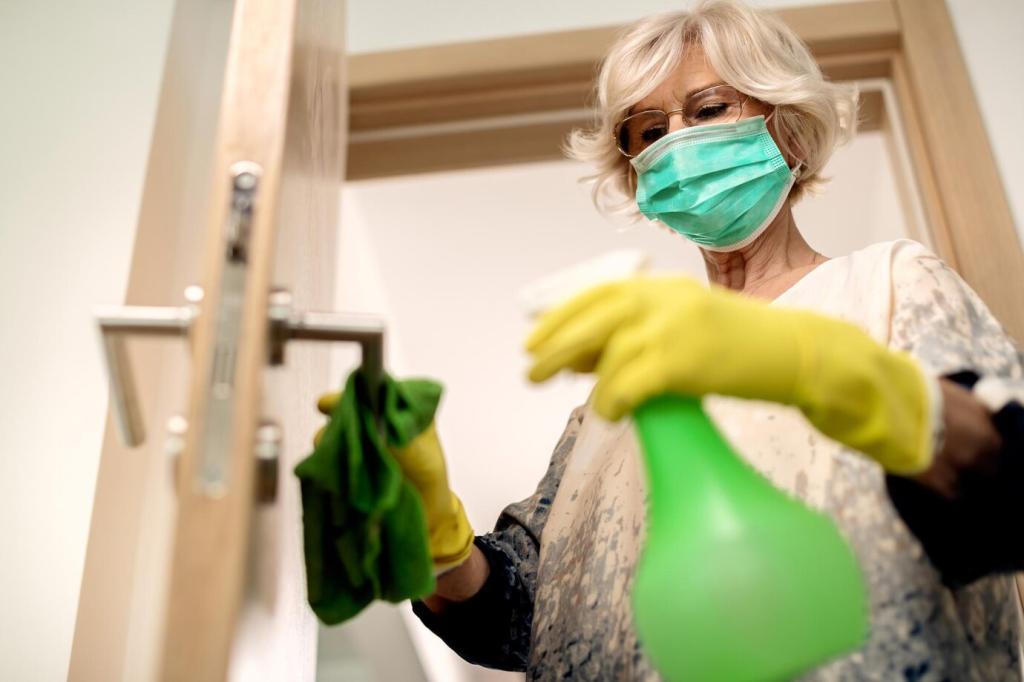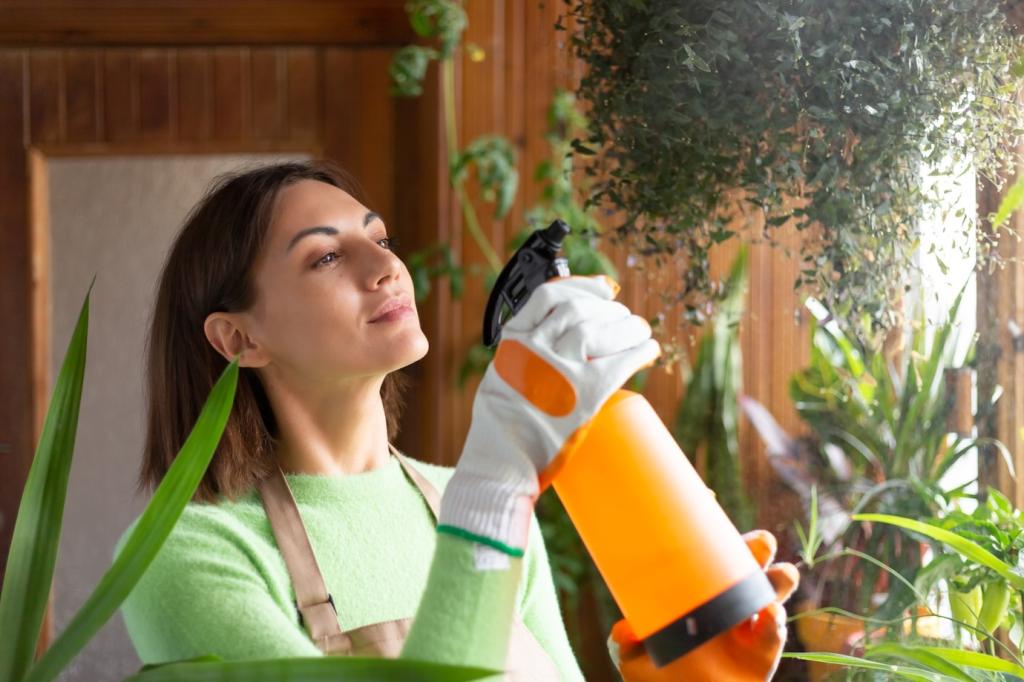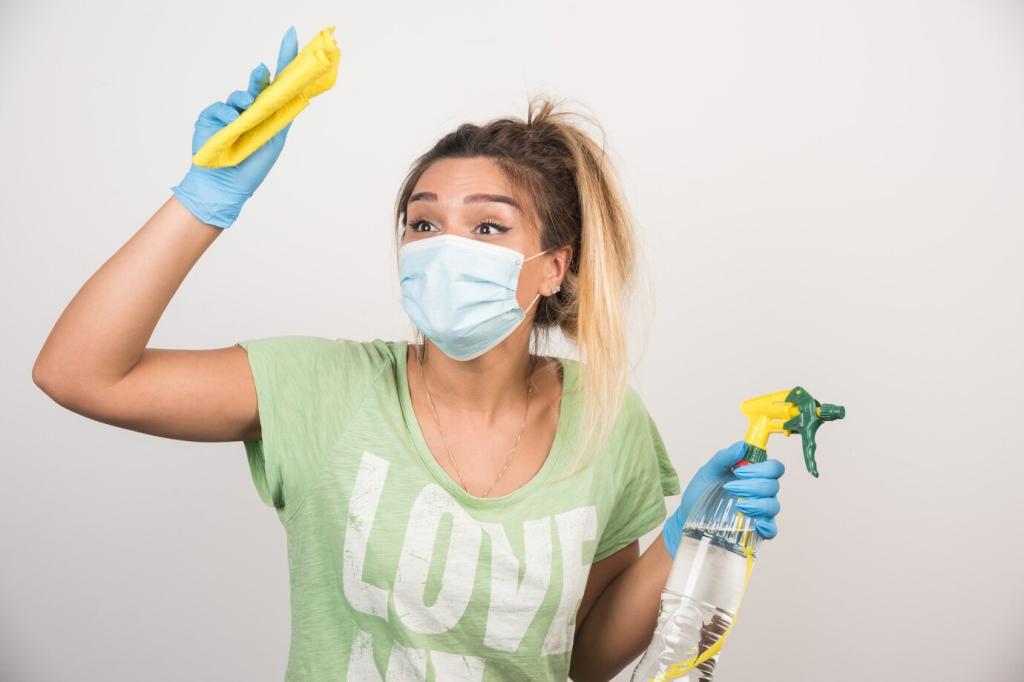Best Natural Cleaners for Wooden Furniture
Chosen theme: Best Natural Cleaners for Wooden Furniture. Welcome to a warm, practical guide for caring for wood the gentle, natural way—packed with stories, recipes, and techniques you can try today.
Why Natural Cleaners Belong in Your Wood Care Routine
Harsh detergents can strip oils and haze finishes, but dilute, plant-based cleaners clean without overreaching. Balanced pH, minimal residue, and slow, careful application help wood breathe, shine, and age gracefully across decades.


Diluted white vinegar cuts grease and fingerprints on sealed finishes. Always test first, avoid shellac and waxed surfaces, and pair with water for balance. A quick wipe, then dry, prevents dulling and streaks.

Jojoba and walnut oil nourish without the heaviness of some cooking oils. Add a hint of lemon zest for brightness, not saturation. Buff patiently, following the grain, and stop once the surface feels refreshed.

A teaspoon of unscented castile soap in warm water gently lifts dust, smudges, and day-to-day grime. Wring cloths thoroughly, wipe with the grain, then follow with a dry cloth to preserve clarity and luster.
DIY Recipes: Mixes That Clean, Condition, and Protect
Combine two cups distilled water with one teaspoon castile soap. Optional: one teaspoon white vinegar for sealed finishes only. Mist a cloth, never the surface. Wipe, then immediately dry. Share your tweaks in the comments.
DIY Recipes: Mixes That Clean, Condition, and Protect
Melt one part grated beeswax into three parts jojoba oil over gentle heat. Cool until creamy. Massage sparingly into clean wood, wait ten minutes, then buff. Subscribe for a printable label and step-by-step photo guide.



The Two-Cloth Method
Use a slightly damp microfiber cloth for cleaning, followed immediately by a dry, lint-free cloth to remove moisture. This simple choreography prevents water spots, protects edges, and leaves fewer streaks on glossy finishes.
Spot Testing Like a Pro
Choose an unseen corner, apply the cleaner, wait a full minute, and buff dry. Check for haze, tackiness, or color shifts. If everything looks normal, proceed. If not, reduce concentration and test again slowly.
Buffing for a Natural Glow
Short, even strokes with the grain warm waxes and oils, helping them seat into pores. Switch to a clean section of cloth often, and stop buffing once the sheen looks even, never greasy or cloudy.
Know Your Finish: Sealed, Oiled, or Waxed
These are durable and tolerate light vinegar solutions. Favor water plus castile soap for routine care. Avoid heavy oils that might sit on top and attract dust. Keep microfiber cloths immaculate to prevent micro-scratching.
Troubleshooting Stains and Marks Naturally
Water Rings and Cloudy Spots
Try a hair dryer on low heat, moving constantly until the ring fades. Follow with a drop of oil to rehydrate. If needed, place a cloth and briefly warm with an iron, testing carefully and stopping at improvement.
Sticky Labels and Residue
Lift edges with a warm cloth, then dab with citrus-infused vinegar on sealed finishes. Work slowly to avoid smearing adhesives into pores. Finish by cleaning and drying. Comment with your favorite residue-lifting cloth type.
Light Scratches and Scuffs
A soft wax polish can visually fill shallow scratches. Some rub a walnut kernel lightly to blend color temporarily. Always buff afterward, then evaluate in daylight before deciding whether additional conditioning is necessary.



